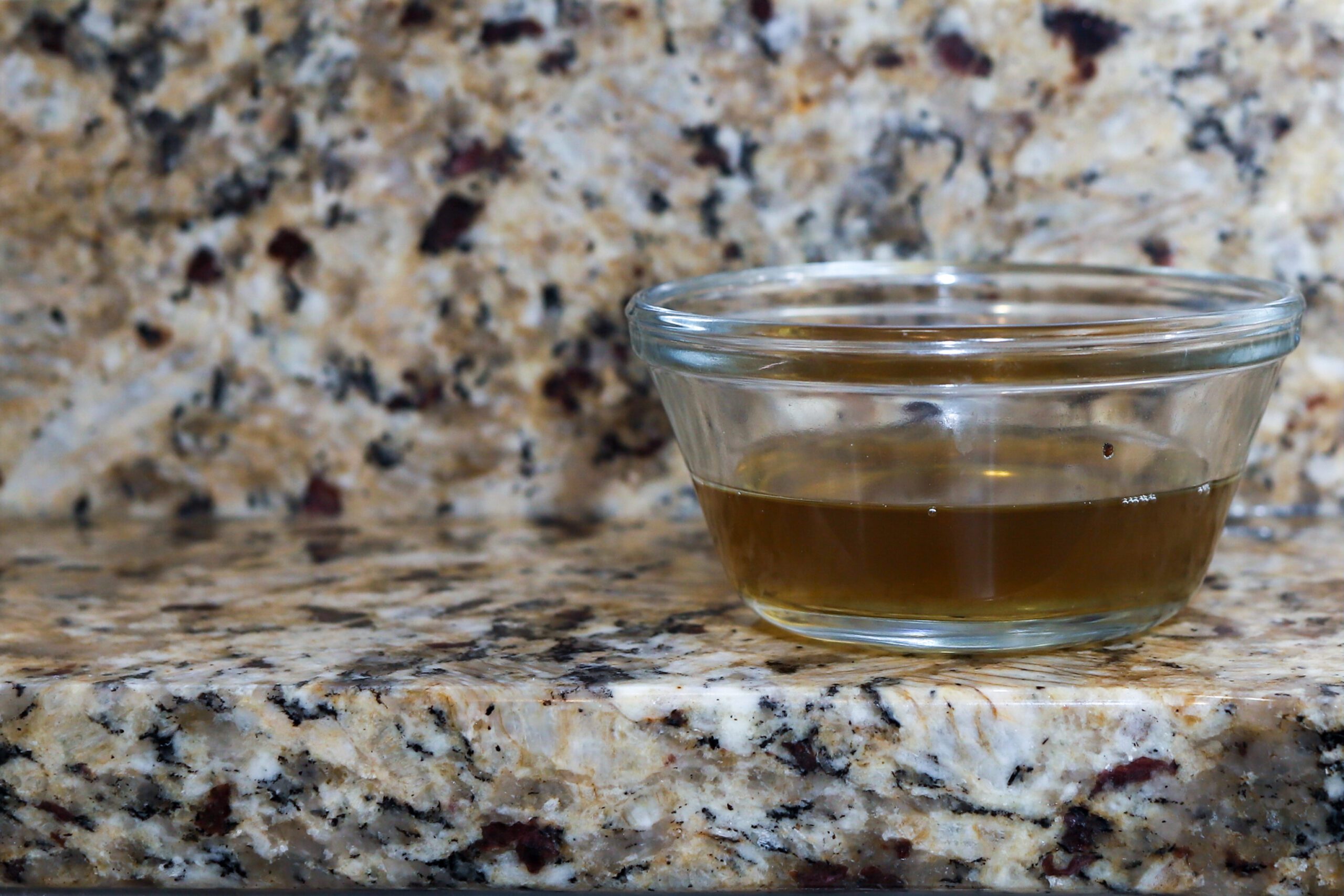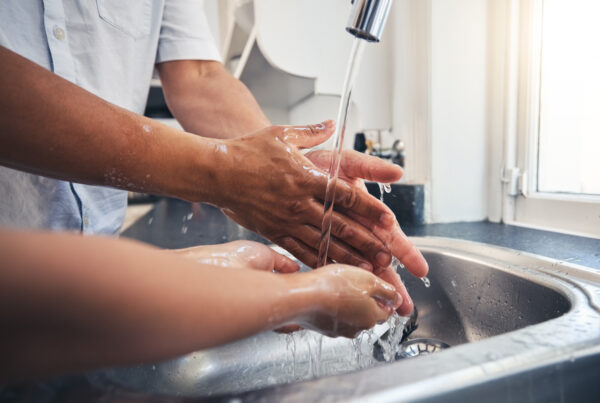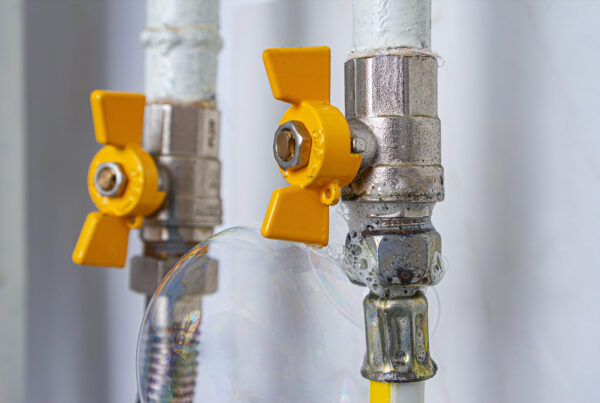Do you hear a buzzing sound near your sink, especially when turning on the faucet? You may also be noticing an abundance of fly-like insects in your bathroom or near your kitchen sink.
If so, you’re likely experiencing a gnat infestation. This blog post will provide more information on what they are and how to kill gnats in drains.
Getting rid of gnats in drains
Here are some of the best methods for getting rid of gnats in drains in your home.
1. Clean your drains
Cleaning your drains not only prevents build-ups and clogs, but it’s also one of the best ways to counter a gnat infestation. There are several ways to do so.
Hydrogen peroxide
Hydrogen peroxide will eliminate the bacteria that gnats feed on, along with killing any gnats and eggs hiding in your drain.
To clean your drains using hydrogen peroxide, pour half a cup down your drain. The hydrogen peroxide will begin to foam as it kills off the bacteria in your drain.
Repeat this once daily until all the gnats have been eliminated.
Boiling water
Another common method is pouring boiling water down your drains. The intense heat of the water will boil off any bacteria and sludge in your drains while washing away gnats and their eggs.
Baking soda solutions
Baking soda solutions are also effective for how to kill gnats in drains. You’ll need half a cup of salt and baking soda, and one cup of white vinegar.
Pour the salt and baking soda mixture where you believe the gnats are located, followed by the cup of vinegar.
This method works similarly to hydrogen peroxide, foaming when it comes into contact with any bacteria in your pipes.
2. Traps
Unfortunately, drain gnats don’t exclusively stay in your drains and will fly up and out of your sink and around your house.
A good way to deal with any remaining gnats within your home that have come out from the drains is to set traps around your sinks.
A common trap is the apple cider vinegar trap. Pour about an inch of apple cider vinegar into a glass or small container and add about a tablespoon of dish soap. The vinegar scent attracts the gnats, while the soap ensures that they become trapped inside.
Cover the trap with plastic cling wrap and poke small holes all over the surface as an extra measure to keep the gnats from escaping.
Leave the trap for at least twenty-four hours before checking to allow time for the gnats to be attracted and trapped.
Knowing how to kill gnats in drains is a handy skill—however, knowing how to deal with them once they’ve entered your home is equally as important.
3. Be proactive
Keeping your house clean and free of food scraps, as well as avoiding putting food waste down your drains, is a great way to stay ahead of the curve and prevent gnats from entering your home in the first place.
When the problem persists, contact a professional plumber
If you’ve tried all of the methods above and are still having trouble with the infestation, the problem may be located deep within your plumbing.
Gnats thrive off of the sludge and bacteria in your drains, especially sewage, and the deeper they are in your pipes, the harder it can be to eradicate them.
You’ll want to contact a plumber as soon as possible if the problem persists after cleaning your drains and setting traps. A plumber will have the necessary tools and skills to know how to kill gnats in your drains, no matter how deep they may be in your plumbing.
Using a sewer camera (a camera attached to a flexible cable similar to a plumbing snake), a plumber will be able to locate a hard-to-reach infestation and find the cause as well.
In the case of a small clog or buildup, the sewer camera may be able to clear it just by pushing it down the pipe without having to take apart your drains.
In most cases, a gnat infestation is relatively easy to deal with, albeit quite annoying and rather gross. Keeping on top of your cleaning routine is the best way to avoid any troubles.
Having a problem with gnats? Get in touch with ABC Plumbing.
Book an appointment today: https://abcplumbingtx.com/free-estimates/





